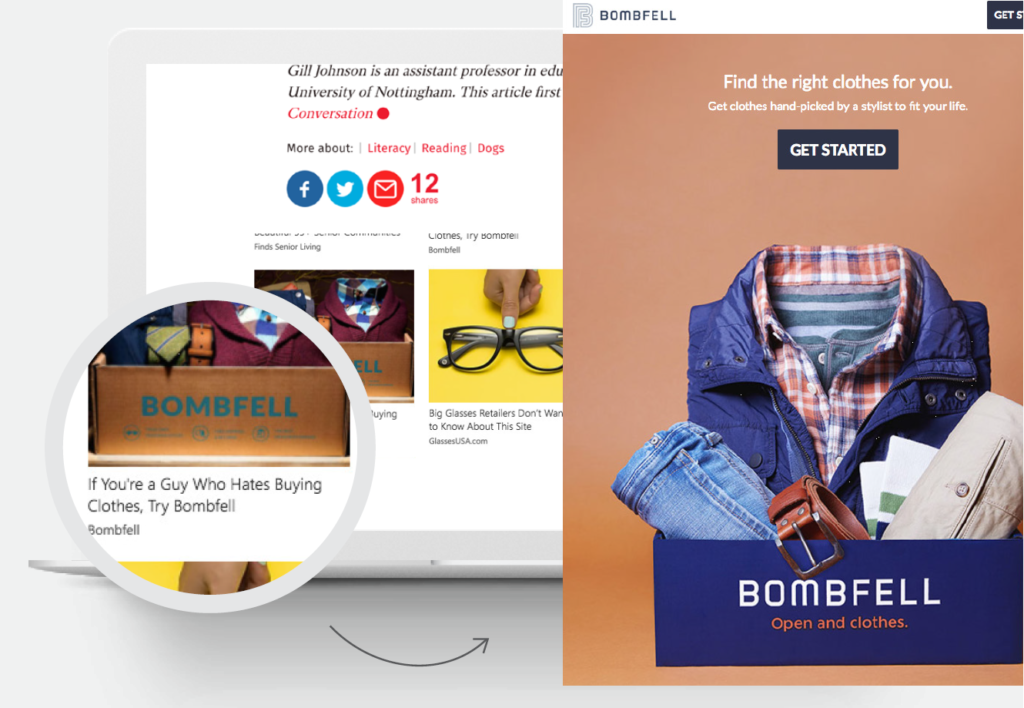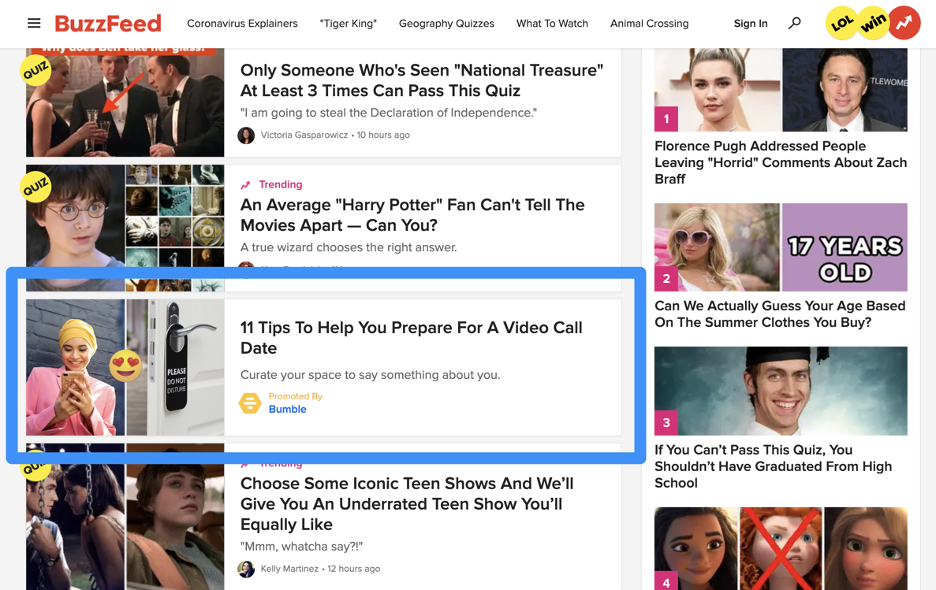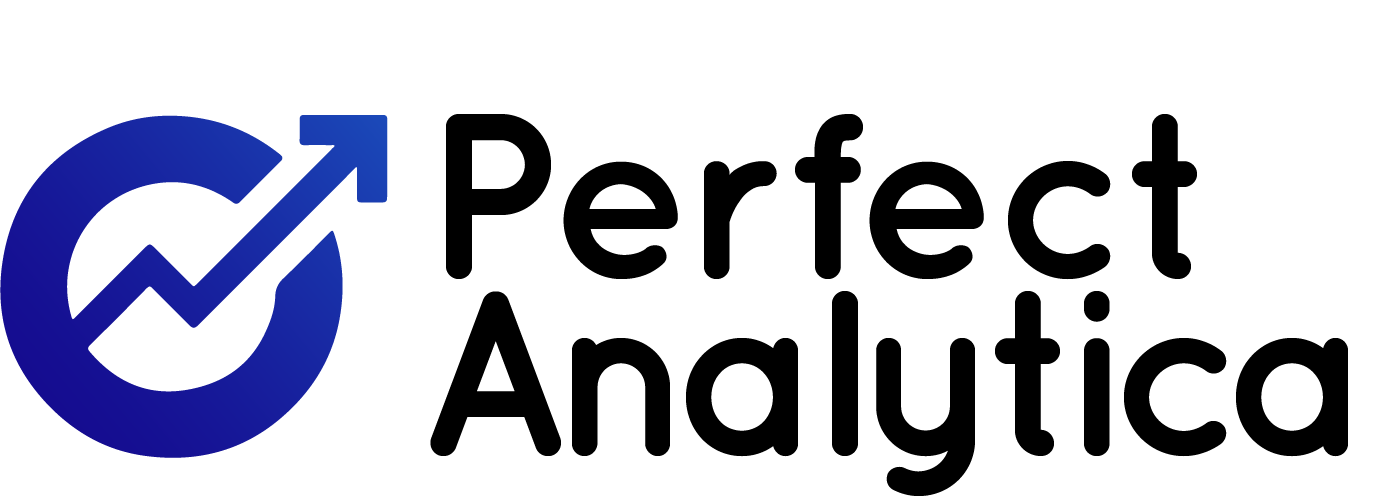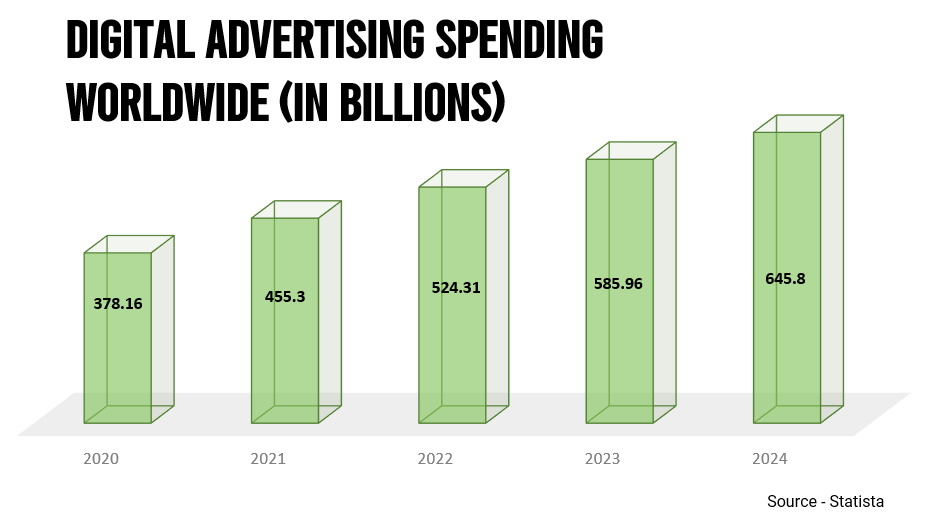What is Performance Marketing?
How it works and benefits
- Last Updated November 11, 2022
The digital space has changed forever and is rapidly growing like never before, specially post Covid pandemic. Things have changed and so are the ways in which the consumer browse and buy products.
Data shows that in 2021, digital advertising spending worldwide (includes mobile devices, laptop, tabs and desktop) sky rocketed to $455.3 billion.
Highly acclaimed site, Statista estimates this figure will steadily increase over the next couple years, reaching a whopping $646 billion by 2024.
Considering this projection, it’s no wonder that new forms of online marketing are popping up left and right — Online advertising, Funnel Designing, PPC Management and, most notably, Performance Marketing.
Table of Contents
What is Performance Marketing?
Performance marketing is a strategy which is purely results driven. Means digital marketing strategy which utilizes online campaigns in which advertisers pay only for results achieved, e.g. clicks, conversions, view or installs.
Unlike traditional marketing where you had to pay monthly retainer fees to the marketing agency or like organic marketing where you have to wait months for results to show up; performance marketing is specifically used to drive actions, track and measure those actions, all attributing to the ROI of each asset, campaign or activity.
Compared to the major brands, who can spend millions of dollars on their branding, most businesses need to focus on the ROI and remain profitable. Performance Marketing is like a magic wand that allows to control the advertising. The advertiser will decide the actions (sale, lead, click or install), then pay when that action is completed.
How is Performance Marketing Different?
In traditional forms of advertising, the advertiser has to pay an upfront fee for the ad space irrespective of the performance of the ads. Many times the advertiser could pay hundreds and even thousands of dollars without ever seeing a conversion. While on the other hand with performance marketing in place, the advertisers need to only pay when they see a task completed (e.g. conversion takes place, lead is generated, transaction takes place).
Performance marketing vs brand marketing:
With in an increase in brands around the globe, standing out in a news feed is a huge challenge, and that’s why brand awareness is very important. There seems number of ways in which brand awareness can be increased, just like social media campaigns, native advertising, content marketing and many more. Few of them can be considered in performance marketing, because they are measurable and advertisers only pay for specific actions.
For example, one way to boost brand awareness is by exposing target audiences to relevant, to top-of-funnel content that addresses their pain points and sparks interest. Because the results of these campaigns can be attributed and the advertiser only pays according to a specific budget and conversion goal, this is a form of performance marketing.
Performance marketing vs programmatic marketing:
Programmatic marketing is an automated method of buying ad space, targeting the most relevant audience at the best possible price. Programmatic is becoming an essential ingredient of performance marketing, as it enables advertisers to buy better placements at scale and maximize their ROI. A huge benefit of programmatic is the in-depth reporting and analysis, which means that advertisers can explore performance of programmatic ads and optimize in a highly focused way.
Performance marketing vs affiliate marketing:
Affiliate marketing is a definite subset of performance marketing, as it is entirely driven by metrics and goals. With affiliate marketing, a commission is earned for the online promotion of the product or service of another company. The affiliate marketer advertises on behalf of the merchant, with the goal of driving traffic, clicks and sales to the merchant’s website. The affiliate receives payment only for actions taken, such as clicks, conversions or leads.
How Performance Marketing Works?
Advertisers put their ads on a given channel (see more on top performance marketing channels below), and then pay based on how that ad performs. There are a few different ways to pay when it comes to performance marketing:
Pay Per Sale (PPS) or Cost Per Acquisition (CPA).
This is the amount a retailer or merchant pays when consumers complete a desired action, such as a sale, a click or a form completion.
In ecommerce, this is the most common payment model for merchants to set up.
Pay Per Lead (PPL).
A “lead” is typically a completed form registration or signup involving customer information — such as a customer’s name, email address or phone number — so that the merchant can follow up with the customer and drive sales.
Pay Per click (PPC).
This is the price a retailer pays an affiliate for any ad clicks they refer to a desired landing page.
Cost Per Mille (CPM).
Impressions are essentially views of your ad. With CPM, you pay for every thousand views (so if 25,000 people view your ad, for example, you’d pay your base rate times 25).
Lifetime Value (LTV).
This metric measures the predicted “lifetime value” of a customer throughout their relationship with the retailer. Using predictive analytics, the LTV estimates how much a customer will spend based on their activity and actions with the brand.
What are the Benefits of Performance Marketing?
With the future of digital marketing looking more promising each year, using performance marketing channels can help you scale your advertising efforts to meet the needs of your company without breaking the bank.
Performance marketing is a creative and effective way to diversify your audience and expand your reach, all while capturing valuable data. And the benefits don’t stop there. When you embrace the full functionality of performance marketing, from native and affiliate advertising to sponsored social media content, you’ll find it’s easier than ever to grow your business.
Top performance marketing channels
What channels work best when it comes to performance marketing? There are five types of performance marketing that agencies and advertisers use to drive traffic:

If you’ve been online, you’ve probably seen plenty of display ads recently. These ads appear on the side of your Facebook newsfeed, or at the top or bottom of that news web page you just visited. Though display ads are slowly losing their appeal due to the increasing popularity of ad blockers and what experts call banner blindness, many companies are still finding success with display ads that utilize interactive content, videos, and engaging graphic design.

Native advertising takes advantage of the natural appearance of a web page or site to promote sponsored content. For example, sponsored videos might appear in the “Watch Next” section of a YouTube page. Native ads are also popular on ecommerce sites — you may have seen them on Facebook Marketplace, for instance. Native advertising works because it allows your sponsored content to live seamlessly beside other kinds of organic content. Often, users won’t differentiate between these kinds of content, allowing you to promote your brand in a way that feels natural.
Content marketing is all about educating your audience. According to OmniVirt, it also costs 62 percent less than outbound marketing, and generates three times as many leads. With content marketing, the focus is on providing useful information to users and putting your brand in context. For example, a vitamin company might write a series of informative blog posts about the benefits of probiotics, with a link back to the probiotics they sell. Content marketing is a channel that can include blog posts, case studies, e-books, and more.
For performance marketers, social media is a haven. It offers not only the opportunity to reach users and drive them to your site — users can also share your sponsored content organically, extending your reach far beyond the original post. Facebook has the most extensive list of services for performance marketers, but other platforms like LinkedIn, Instagram, and Twitter also offer many opportunities to reach new customers.
In Performance Marketing, ROI Takes Center of Focus
Performance marketing campaigns give you the ability to measure everything from brand awareness to conversion rate down to a single ad. As advertising becomes more transparent, advertisers are looking beyond branding to build marketing strategies with proven ROI. Performance marketing was born from this need, and is only becoming more sophisticated and advanced over time. So jump into performance marketing today, and begin reaping the benefits of tracking, measurement, and optimization for your ROI.
SUBSCRIBE NOW
JOIN OUR MAILING LIST AND GET LATEST UPDATES AND BLOGS IN YOUR INBOX



